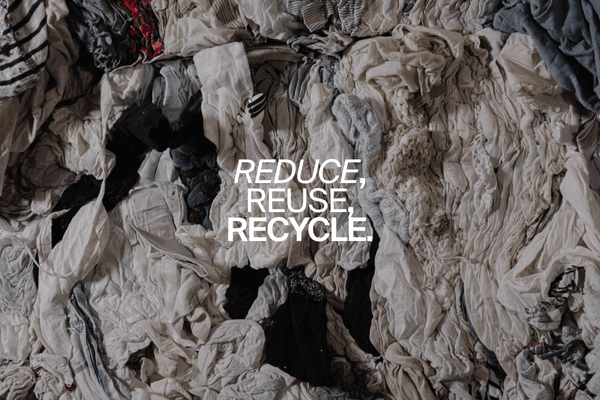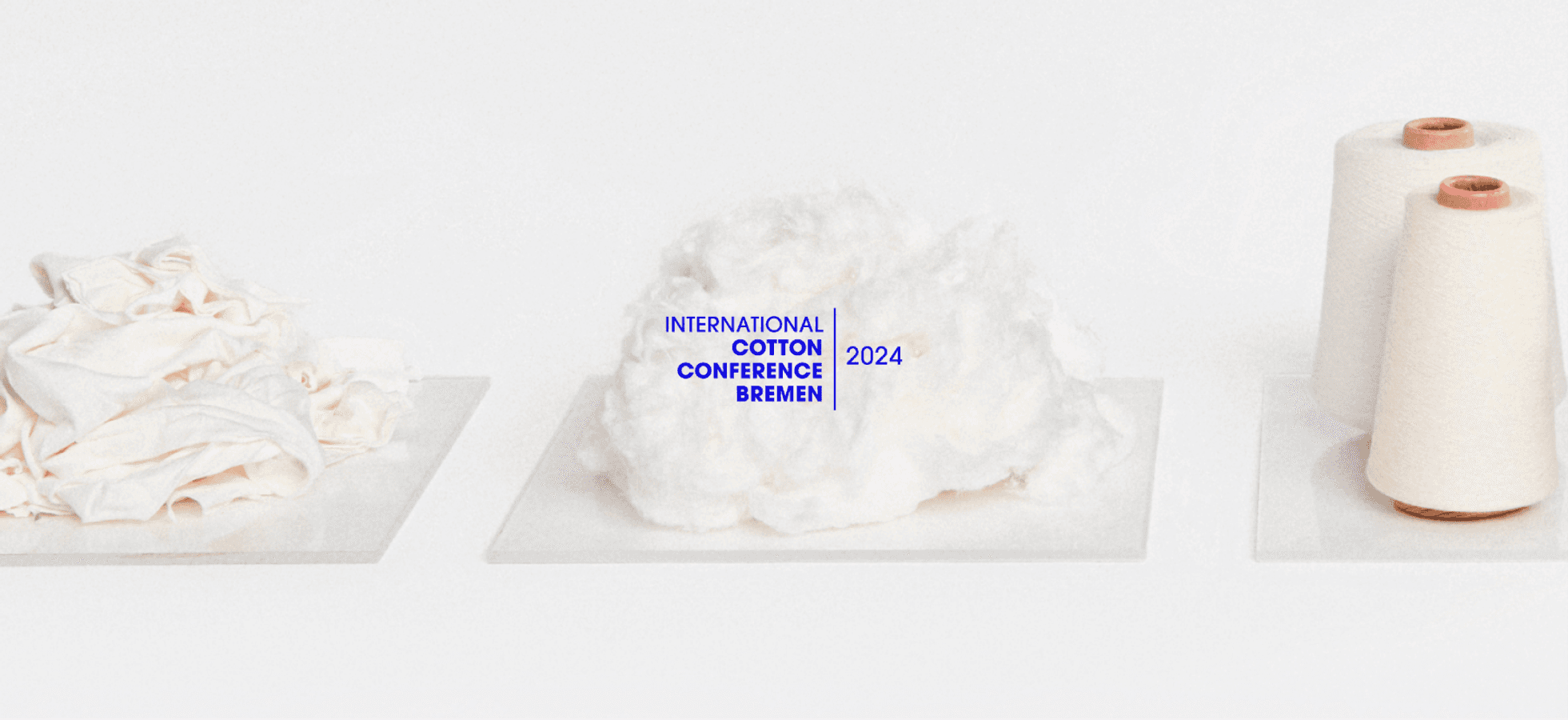Reduce, reuse, recycle… understanding the Waste Hierarchy Model

Site map

The International Cotton Conference took place March 20th to 22nd and featured a diverse program covering various aspects of the cotton and textile industry at the Bremen Parliament House, adjacent to the Bremen Cotton Exchange.
The conference focused on a global vision of the cotton industry in terms of supply and demand, its evolution over the years, and the key regions where cotton is produced.
With cotton as our raw material, we always aim to stay on top of the biggest industry updates and trends, so our team was happy to be in attendance. Here are our key takeaways from the event.
In 1986, Vietnam initiated its “Đổi Mới” (translates to “innovate”), which was the name given to a series of economic reforms aimed at transitioning the country to a market-oriented economy. Also known as an “open-door” policy, the country attracted a major influx of investment in the textile industry in 1995, especially in cotton production.
Cotton is still the predominant fiber in Vietnam in 2023. The exportation of fiber and yarn continued to grow in comparison to the prior year and when we break down the type of yarn exported, 50% is 100% cotton, and 13% is cotton blends, making cotton yarn nearly 75% of the exports.
Vietnam’s expertise is in spinning. One of the main challenges of the Vietnamese cotton industry is the competition with other Asian countries, such as Bangladesh, which have a holistic production capacity. To face this, the textile industry in Vietnam is planning an increase in fabric and clothing production by 2030, to maintain Vietnam’s position as one of the main textile hubs in the world.
Since one of our goals at Recover™ is to be close to our raw material, create circular models in textile hubs, and avoid the environmental cost of transportation, we have been working on opening a hub in Vietnam for the past year, in addition to the existing ones in Spain, Bangladesh, and Pakistan.
Over the past decade, there has been a significant rise in the utilization of mixed materials, such as polycotton, in textile production. This trend is particularly prominent in B2B sectors, including flat linen, towel linen, or workwear used by industrial laundries for hotels, hospitals and other institutions that require regular cleaning and maintenance.
There are two challenges in achieving polycotton recycling. The first is the efficient sorting and processing of waste textiles to facilitate closed-loop recycling. Automating this sorting process is crucial for reducing costs and increasing profitability. The "KICKup" project, presented at the International Cotton Conference, aims to address this challenge by developing a standardized and automated sorting solution for industrial laundries.
The second main challenge is technology. Currently, to recycle polycotton you must use chemical recycling techniques because mechanical recycling is unable to separate the fibers, and chemicals can be very harsh on fibers. With chemical recycling, cotton is dissolved into a pulp which is regenerated to become viscose, which can lessen the overall product quality. Top of Form
To address these challenges, our R&D team at Recover™ is currently working on technologies that can mechanically process blended fabrics without compromising quality. This type of innovation will make a true-closed loop solution possible.
The surge in "fast fashion" since the early 2000s has led to a staggering increase in clothing production globally. In just two decades, the production of new garments has nearly doubled, resulting in a significant environmental impact. In Germany alone, where the International Cotton Conference is held, approximately 1.01 million tons of old clothing are discarded each year, with only a mere 21% being recycled as "raw material" for new textiles.
Addressing this challenge, the textile industry is working on increasing recycled fiber content in the industry. The conference highlighted "RezyCard," as it endeavors to enhance the recycled fiber content of post-consumer cotton textiles used in yarn production.
Recover™ is currently working to increase fiber content through recent projects with Rieter and Polopiqué presented at ITMA in 2023. Additionally, Recover™ is working with B2B spinners and weavers to integrate and maximize the use of Recover™ cotton in their production.
Overall, the International Cotton Conference shed light on various aspects of shaping the global cotton industry. We are likely to see continued growth in the cotton industry in Vietnam and it will be interesting to see how the industry approaches polycotton recycling. Similarly, as technology is involved, the processing of recycled cotton is likely to improve and play a much larger role in the industry.